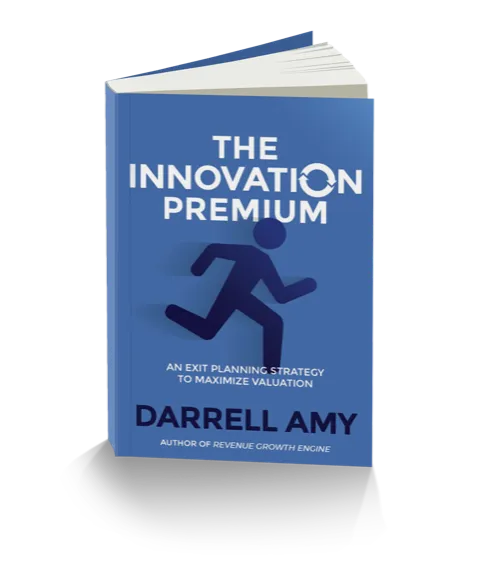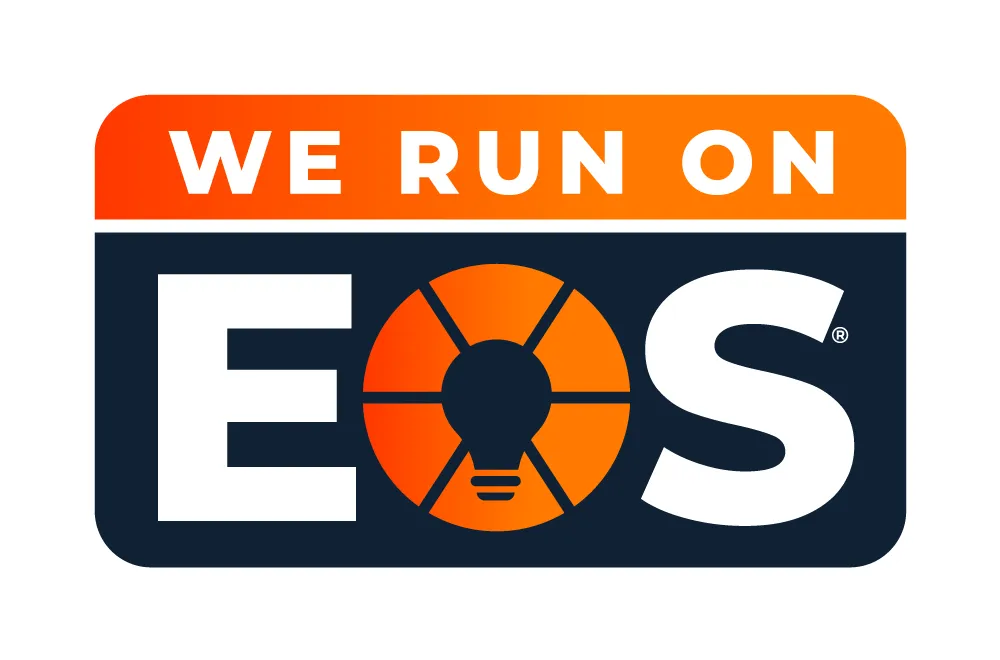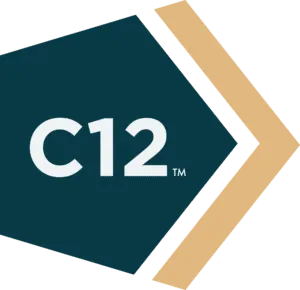THE VALUE CREATION BLOG

Why People Buy and How To Get Them To Buy More
Why do some buyers enthusiastically say yes to your offer while others simply shrug off your proposals? Why do many of your customers buy one of your products but seem to ignore your cross-sell efforts?
Part of the answer can be found in Clay Christensen’s “jobs to be done” theory. (See Marketing Malpractice: The Cause and The Cure) Clay believed that buyers don’t buy products and services. Instead, they “hire” products and services to do jobs that need to be done.
In Revenue Growth Engine I share a similar belief that buyers don’t buy products and services, they buy the outcome(s) the products and services enable.
When you understand the outcome your client wants (the job they want done) you become much more relevant.
1. Focus Your Message
The world is noisy. Every buyer is subjected to thousands of messages each day. As a result, we all have elaborate filters in place. The only things that get through our filter are messages around the jobs that we want done.
As I write this article I can hear the noise of the construction crew installing a swimming pool in my neighbor’s yard. What led him to this expensive and elaborate project? Chances are he wanted an outcome. The outcome was not a backhoe digging a hole and a cement truck pouring concrete. While that’s what it takes to build a pool, my guess is that what they really wanted was an outcome such as creating a draw for his teenage kids to hang out at their house instead of someone else’s. Maybe they wanted to bring some of the serenity from a recent resort vacation to their everyday life. Possibly they want to increase the value of the house before they sell it.
If I want to know the exact outcome my neighbor is looking for, I could go over and ask. You can do the same thing with your customers. Ask why they purchased the product from you. What outcomes were they looking for? What job did they hire your product to do?
Once you know this answer, focus your sales and marketing messages around the outcomes. Then and only then do you have a shot of getting through their filter. Once you get through the filter, you will stand out from your competitors because you will be the company that actually understands what they want.
2. Enhance Your Experience.
I agree with Joseph Pine and James Gilmore’s work in The Experience Economy: customer experience is the last bastion of differentiation. In a world of “me-too” companies, the experience you provide your customers makes all this difference.
Meaningful customer experience takes on a new dimension when you think about the outcomes your customers want. Sure, it’s great to create an experience that is friendly, memorable, and fun. What if you could take it to the next level by considering how your customer experience could help your clients achieve their desired outcomes? What if the customer experience were actually part of the deliverable?
My wife and I have hired Hello Fresh to deliver pre-packaged meal kits to our home. Could we go to the grocery store and buy all of this stuff. Sure. But the outcome we want is a mini-date night without having to go through the hassle of getting dressed up, driving into town, and waiting for a table at a restaurant. That’s fun sometimes, but on any given Tuesday evening, we love pulling the interesting meal out of the box, sharing time together cooking, and then enjoying a meal together. Rather than stress over what’s for dinner and eating another boring meal from our regular rotation we get to enjoy an hour of cooking and eating. The outcome is a connection in the midst of a busy life. Hello Fresh knows this and has created a curated experience with interesting foods, fun recipes, convenient packaging, and even wine recommendations.
How can you make the experience you offer your customers part of helping them achieve their outcomes?
3. Cross-Sell More
Many companies struggle to cross-sell more to their current clients. They are great at getting the first deal but they struggle to sell other products and services from their portfolio. This confounds most business owners. “They already do business with our company. They know, like, and trust us. Why won’t they buy these additional things from us?”
The answer may be found in outcomes. Instead of assuming that just because they like your company they should buy more, why not ask, “What outcomes do my clients want?” Use this as the basis for cross-selling.
This conversation can go one of two ways. Understanding the job to be done that the customer hired you for in the first place, you can present additional or better ways to get the job done with more of your offerings. Alternatively, if you have completed the first job, you can highlight your success and then ask what other jobs need to be done. In either case, the cross-sell focuses on your ability to get jobs done (deliver outcomes) to your clients.
How Do You Find Out The Outcomes Your Clients Want?
Simple: you ask. Talk with your clients. Ask them why they bought it. Write case studies. Do customer research. Ask during quarterly business reviews.
Listen intently for the clues that will show you why people bought. (Hint: Filter out the content about how great your company and products are. Get past this ego-boost to the real reasons.)
Once you discover the job your customers hired you to do you have found the secret to your growth.
FREE BUSINESS VALUATION
What is Your Business Worth?
You can Discover the Value of Your Business in Less than 20 Minutes!
Join 70,000 business owners and get your score on the 8 Factors That Drive Your Company’s Value, a comprehensive analysis of your score and a detailed action plan for how to improve your score on each.


PREORDER YOUR FREE COPY NOW
Discover How to Create a Premium Valuation for Your Business
Learn how to command a premium multiple on your business
Find out why buyers discount their offers
See how innovation can help you create a premium valuation
Estimate your company's innovation index



